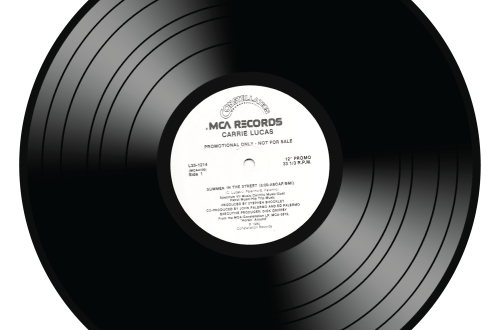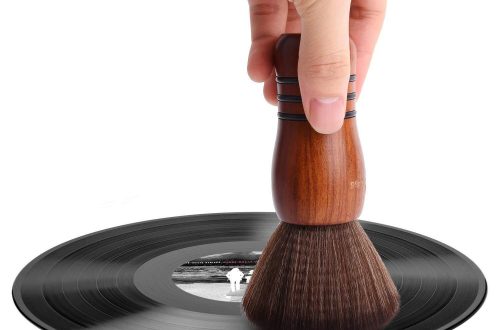Introduction
In recent years, vinyl records have made a significant comeback. For many music enthusiasts, the value of vinyl records extends beyond mere nostalgia. Today, collectors and casual buyers alike recognize vinyl as a tangible, rich experience in music consumption. The warm sound quality, large album art, and unique listening rituals attract a devoted following. These characteristics contribute to a growing market where vinyl records hold substantial value, both financially and emotionally.
The rise of streaming platforms has not diminished people’s love for physical music formats. Instead, the tangible nature of vinyl offers a connection that digital music fails to provide. Vinyl records have become cherished artifacts, each telling a story through its grooves and packaging. This article aims to dive deep into the worth of vinyl records, explore the factors that influence their value, and offer insight into how collectors can maximize their investments.
Understanding the Value of Vinyl Records
The value of vinyl records can vary widely based on several factors, including rarity, condition, and popularity. This variability makes vinyl collecting an exciting yet challenging endeavor. Some records can be found for just a few dollars, while others command prices in the thousands.
General Pricing Spectrum
The pricing spectrum for vinyl records varies significantly. Generally, new releases from popular artists may be priced between $20 and $40. However, vintage albums, especially from iconic musicians or limited editions, can fetch much higher prices. In some cases, rare records have sold for upwards of $1,000 or more. This topic attracts both seasoned collectors and new enthusiasts looking to understand the current market landscape.
Understanding where to look for vinyl records also plays a role in value. Records purchased from thrift shops or garage sales can provide a great bargain, while those sourced from dedicated vinyl retailers usually come with a higher price tag. Therefore, knowledge of the market landscape is essential when assessing value.
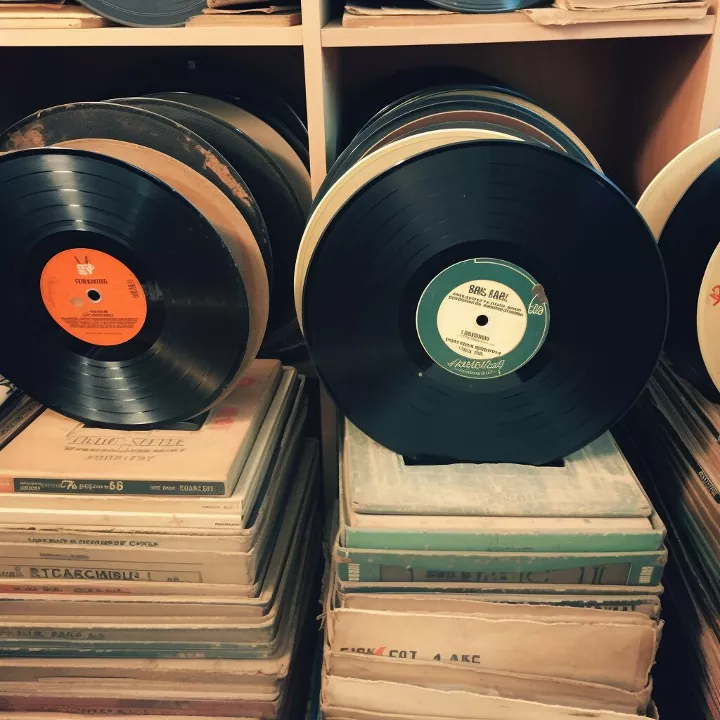
Factors Affecting Vinyl Record Value
A multitude of factors influences the value of vinyl records. Understanding these elements can help collectors make informed decisions when buying or selling. Here are key considerations:
1. Condition
Condition is perhaps the most critical factor affecting record value. The grading system, which ranges from Mint (M) to Poor (P), assesses the physical quality of the vinyl. Records in excellent condition, with minimal scratches and clean labels, command higher prices. Collectors often look for records that appear as if they have been rarely played.
2. Rarity
Rarity can greatly influence a record’s value. Limited editions, first pressings, or albums with unique packaging can fetch a premium. For example, an original pressing of a classic album often holds more value than a later reissue. Awareness of rarity helps collectors identify potential investments that appreciate over time.
3. Demand
The demand for specific artists or genres can also dictate the value of vinyl records. For instance, records from legendary bands like The Beatles or Pink Floyd are consistently in high demand. In contrast, niche genres might have lower demand but can yield a loyal collector base.
4. Pressing Details
In addition to rarity, the specifics of the pressing can impact value. Pressing numbers, colored vinyl, or picture discs are trendy among collectors. Limited runs or promotional copies often hold more value than mass-produced equivalents. Familiarizing yourself with pressing variations enriches your understanding of the collectible landscape.

How to Value Vinyl Records
Assessing the value of vinyl records may seem daunting, but several strategies can simplify the process. Here are some practical steps to determine a record’s worth:
1. Research and Compare Prices
One of the first steps in valuing a vinyl record is conducting thorough research. Websites like Discogs and eBay allow keep track of selling prices for similar records. By comparing listings, you can gauge the going market rate and see how your record stacks up.
2. Use Grading Standards
Familiarize yourself with grading standards to assess your record accurately. Various resources online explain the grading process, helping you categorize the condition of your vinyl. A record graded as Near Mint (NM) will have a significantly higher value than one rated as Good (G).
3. Seek Expert Appraisals
For particularly valuable or rare records, consider seeking out expert appraisals. Professional appraisal services specialize in vinyl records and can provide you with an accurate valuation based on current market trends. This step could be worthwhile, especially if you plan to sell high-value items.
4. Networking with Other Collectors
Engaging with fellow collectors can offer unique insights. Joining vinyl communities online or attending record fairs can provide opportunities to discuss valuation and share knowledge. Connecting with experienced collectors often reveals market nuances that can aid in your evaluation process.
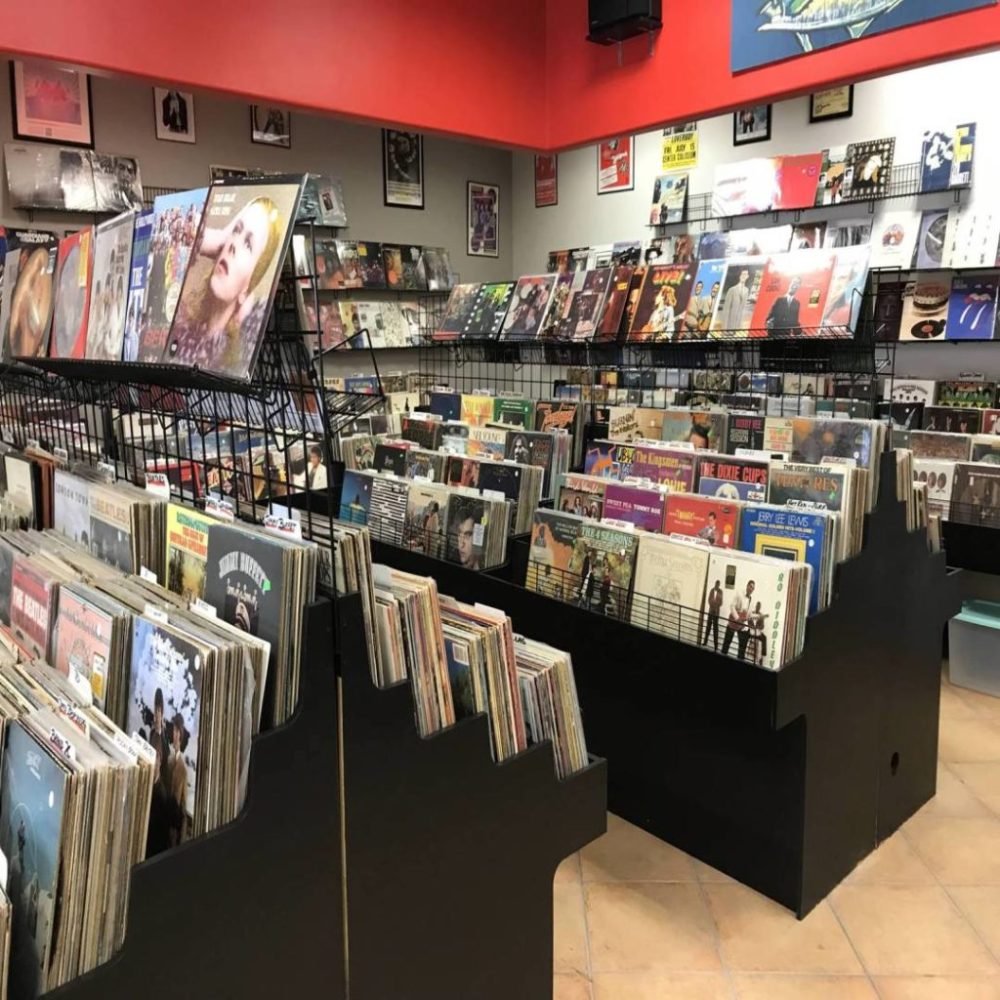
Trends in the Vinyl Record Market
The value of vinyl records is influenced by ongoing market trends. Several factors illustrate the current state of the vinyl record industry and its trajectory.
1. Growing Popularity of Vinyl
Vinyl records continue to gain traction among younger generations. Reports indicate a resurgence in vinyl sales, as many prefer physical copies over digital streaming. This trend indicates that the value of vinyl records will likely appreciate over time as interest grows.
2. Emergence of Specialty Labels
Specialty record labels are releasing unique pressings that attract collectors. These labels often produce limited runs, colored vinyl, and special editions that enhance the market’s appeal. As collectors pursue unique finds, the demand for these releases may drive up their value.
3. Crossover Appeal
More artists are releasing albums on vinyl, expanding the market. With genres ranging from indie to pop, this crossover attracts diverse audiences. As vinyl becomes a preferred format for new releases, older records from related genres will also see an uptick in interest.
4. Increased Focus on Quality
Mass-produced vinyl in the past often faced criticism for quality issues. However, today’s manufacturers are focusing on producing higher-quality records that enhance the listening experience. Better quality leads to sustained enthusiasm among collectors.
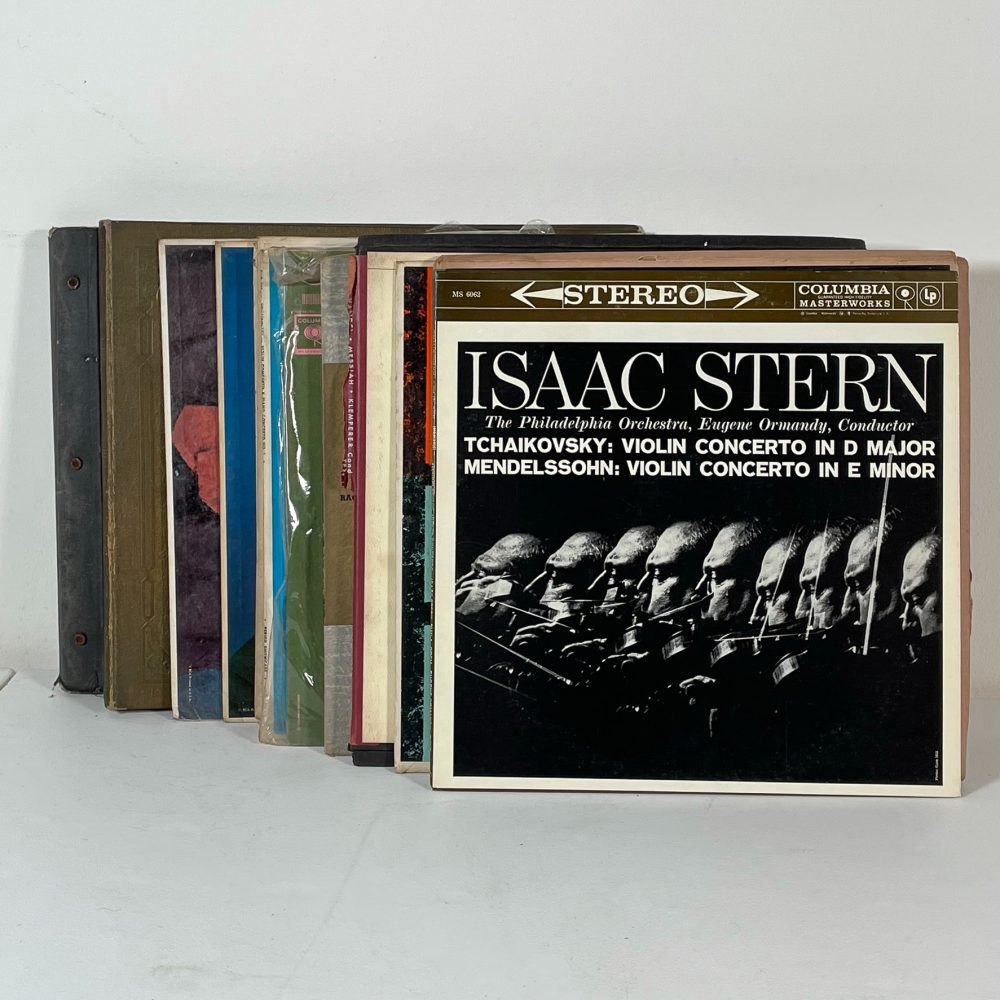
Notable Rare and Valuable Vinyl Records
Certain vinyl records have gained notoriety for their extraordinary prices and rarity. Here are examples that highlight the potential value of collectible music:
1. The Beatles – “The White Album”
A first pressing of The Beatles’ “The White Album” is known to fetch astronomical prices. Signed copies can easily go for six figures at auction, reflecting the cultural significance and rarity of this iconic album.
2. Elvis Presley – “First Elvis”
This ultra-rare record features a photograph of Elvis Presley on the cover and is one of the few existing copies. It has reportedly sold for over $20,000, making it a prized possession for collectors.
3. The Wu-Tang Clan – “Once Upon a Time in Shaolin”
This unique album, featuring only one copy, was sold for $2 million to a private buyer. While not typical for vinyl records, it exemplifies the high value that unique items can command.
4. Pink Floyd – “The Dark Side of the Moon”
First pressings of this classic often sell for considerable sums, especially in near-mint condition. This album marks a significant point in music history and remains popular among collectors.
These examples illustrate the potential financial rewards that can accompany vinyl record collecting. Understanding the market and trends can aid collectors in their pursuit of rare items.
Conclusion
Understanding the value of vinyl records is essential for collectors, enthusiasts, and casual buyers alike. The allure of vinyl resonates through its tactile nature and rich sound quality. As interest in vinyl continues to grow, values increase, particularly for rare and unique records.
From the factors that affect value, such as condition and rarity, to the market trends that showcase vinyl’s everlasting appeal, the landscape is ripe for exploration. If you’re considering diving into the world of vinyl records—whether as a hobby or an investment—this guide provides a solid foundation for assessment and appreciation.
Explore your own collection today! You might be sitting on a treasure trove of valuable vinyl waiting to be discovered.


